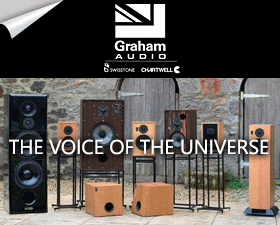I am with your line of thought DaveyF, as you know I have lived with almost all sorts of different design options, bookshelf, monitors, horns, multi-driver, single driver, vented/ported... at the end I preferred a particular musical genre that benefited from the foundation of such design.
There are of course some that might have a larger applicability area but hard to find a great one for everything (I have not heard ultra-exotoca speakers yet). An example of my case would be my time with some B&W speakers, which I labeled as "good for everything, great at nothing" (sorry for the translation since I might not be using the right words here).
There are of course some that might have a larger applicability area but hard to find a great one for everything (I have not heard ultra-exotoca speakers yet). An example of my case would be my time with some B&W speakers, which I labeled as "good for everything, great at nothing" (sorry for the translation since I might not be using the right words here).

















